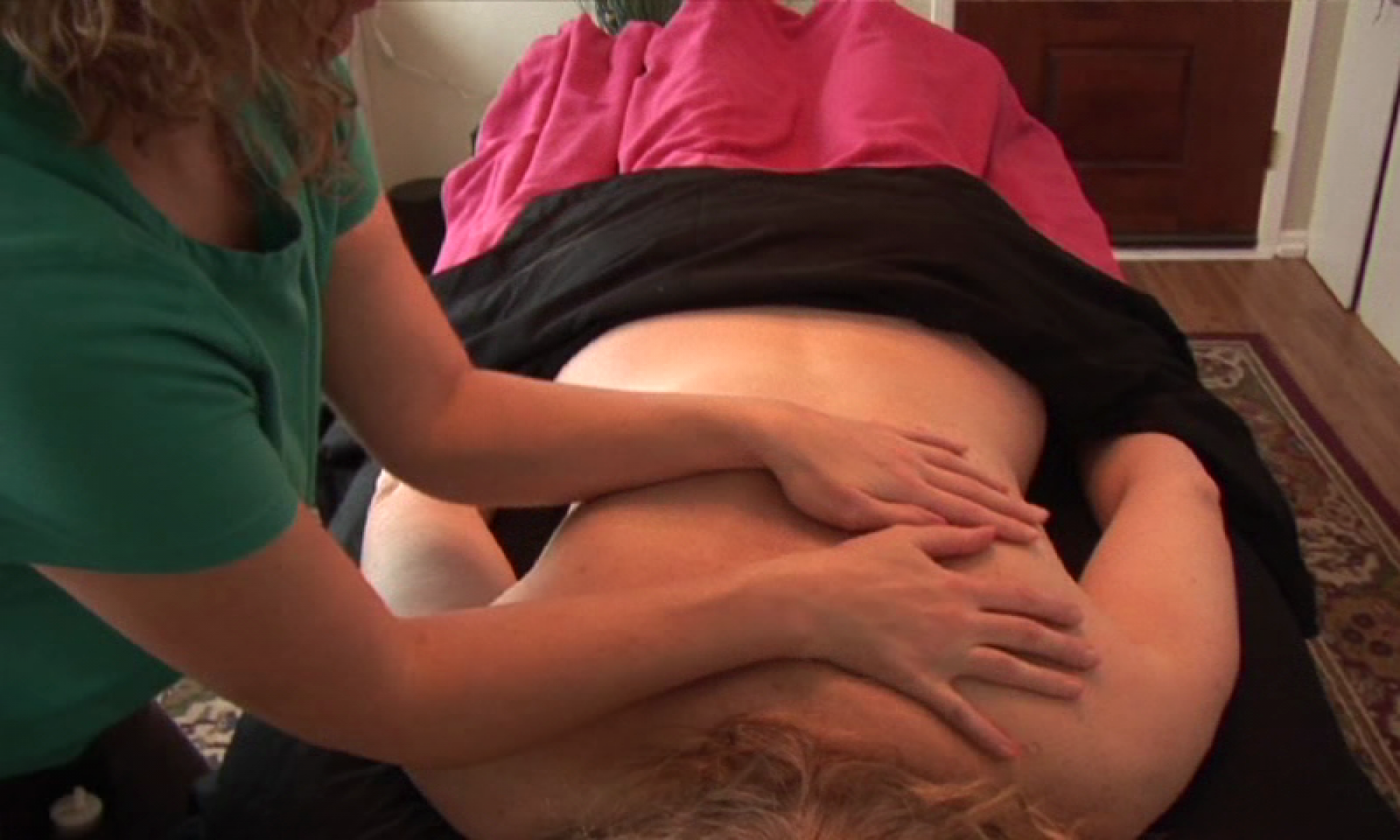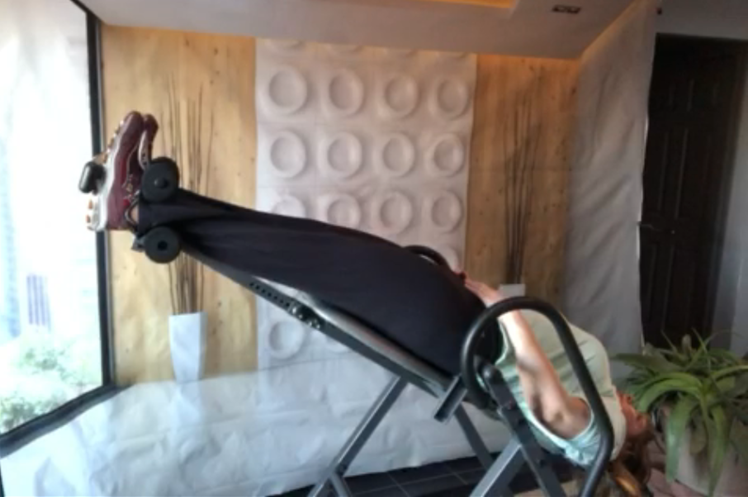I recently had a question about the use of an inversion table for back and neck pain. As this isn’t a topic I’ve addressed with you before…
Here we go!
Inversion tables are a form of decompression therapy. We see this type of therapy commonly used in chiropractic offices and physical therapy.
Inversion tables basically work to provide decompression or reversed gravitational pull on the body.
The theory is that lengthening the spine creates gap(s) in between the discs. This is meant to improve the flow of nutrients through the vertebrate column, relieve pressure on the discs and nerves, and reduce back pain and/or leg pain.
Spinal issues commonly addressed by decompression are bulging discs, degenerative discs, and at times herniated discs.
There are reports that inversion tables can also help reduce tension headaches, increase flexibility, promote lymphatic drainage and blood circulation, and improve mood. By reversing the effects of gravity, the blood is able to circulate more freely to the upper body, including the brain.
For most healthy people, inversion therapy poses few threats. However, there are some people that decompression therapy from an inversion table isn’t right for.
It is important to note that inversion tables can increase eye pressure. Thus, people with glaucoma and retinal detachment are advised against the use of this technique. Other contraindications include stroke, recent head injury, spinal injury or bone weakness.
Additionally, inversion tables are not recommended for use by people who have had recent back surgery, untreated high blood pressure, hiatal hernia, and other conditions that may be made worse by inversion therapy. Always get medical advice if you’re unsure if you should use an inversion table.
You also want to be cautious or get medical advice if you’ve had joint fusions/replacements in the ankles, knees, or hips.
Ultimately, upon considering an inversion table, I always recommend trying one first. Go down to your local sporting goods store and give the floor model a try.
The #1 rule… DO NOT do this by yourself if you’ve never done this, or are unsure of your abilities. It is possible to get severely injured or stuck in one of these!
#2 rule – Know the table! The adjustments and safety features of the table are key. Understand how to adjust it for you.
#3 rule – Do not expect to hang upside down very long initially. It takes practice and tolerance to be able to relax in this type of position for any length of time.
#4 rule – Always have a phone or assistance close at hand to help get you upright.
#5 rule – Last but not least… Always choose the smallest angle of decline until you are comfortable with the table and need more decompression.
There are tons of independent stories and testimonies to the efficacy of inversion tables. The scientific evidence is lacking for any long-term results.
I personally have one. I find that the effects are temporary. But on days when my back is really angry or I’m feeling crunched up through my sacrum and lower back, this little bit of relief is like a refreshing deep breath.
Sometimes it’s the little break away from the constant ache that helps keep my sanity going!
Your coach and friend,
Andrea


